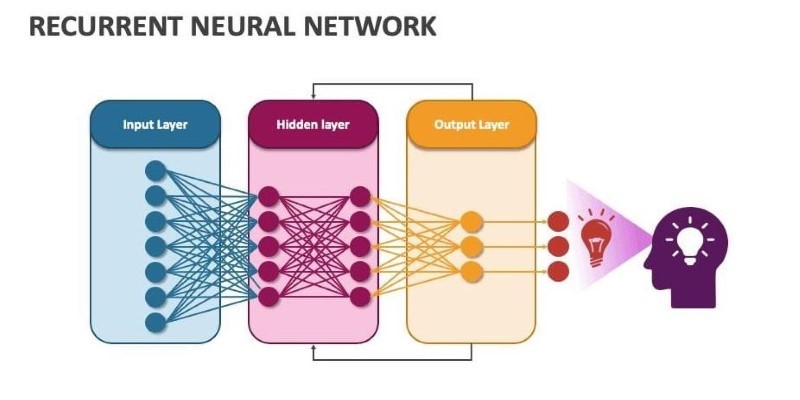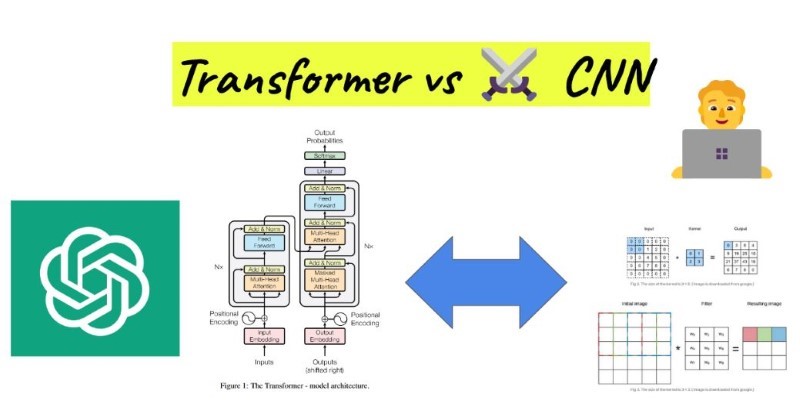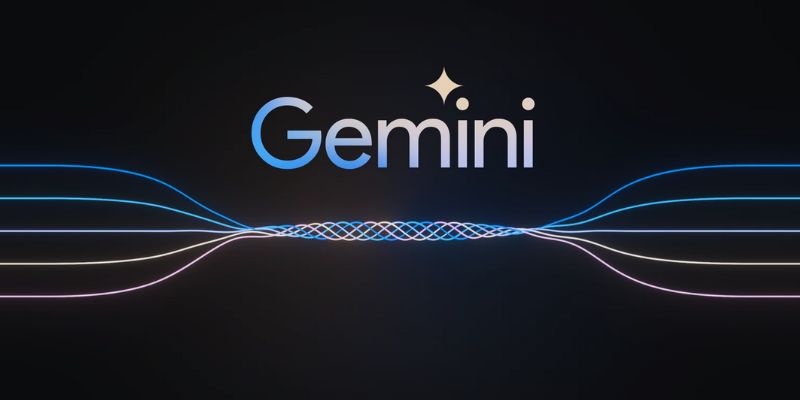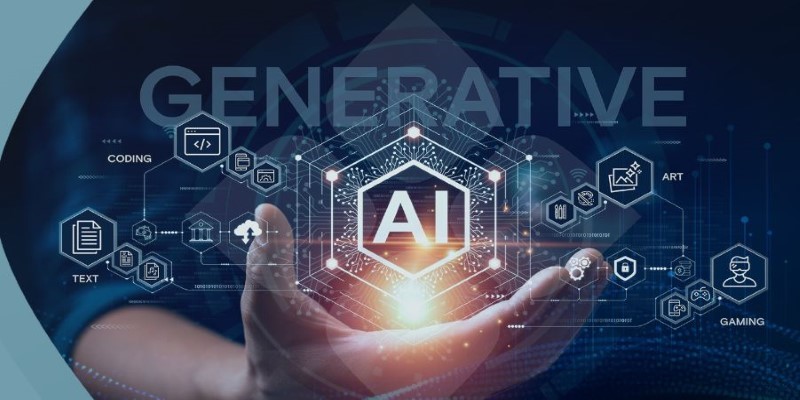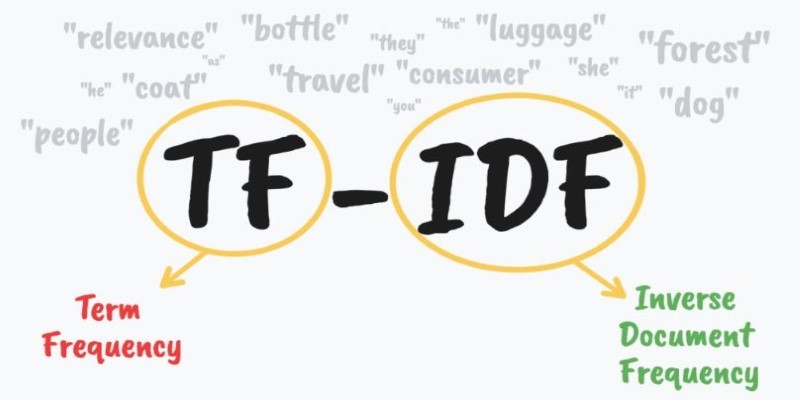The internet is overflowing with information, but finding the right answer isn't always easy. Traditional search engines give you a list of links, leaving you to dig through pages of content. Perplexity AI changes that. Instead of doing your search, it delivers direct, well-structured answers conversationally. It's not just another search tool—it's an AI-powered assistant that understands your questions, refines its responses, and even cites its sources.
Whether you're researching complex topics or just need quick, reliable information, Perplexity AI aims to make knowledge accessible with minimal effort. But how does it actually work? Let’s break it down.
What Is Perplexity AI?
Perplexity AI is an artificial intelligence search engine that employs machine learning and natural language processing to offer precise and context-specific responses to user questions. In contrast to other search engines, which return a list of URLs, Perplexity AI processes information from multiple sources and delivers brief, well-formulated responses. It is also an artificial intelligence chatbot that can interact in two-way dialogue and adapt its responses based on user feedback.
Fundamentally, Perplexity AI uses sophisticated algorithms that analyze various sources, identify the authenticity of the information, and create answers in real time. It reduces the time users spend navigating through several web pages to locate pertinent details. Rather than simply pointing users to outside sites, it aggregates data to provide accurate explanations. This positions it as a robust instrument for researchers, professionals, and ordinary users seeking credible information.
One of its most defining characteristics is its ability to have contextual conversations. While simple search engines give answers to individual questions individually, Perplexity AI knows follow-up questions and adjusts its answer replies accordingly. This gives it the sense of being an intelligent assistant rather than a typical search resource, and users can narrow down their questions and get more specific answers.
How Does Perplexity AI Work?
Perplexity AI runs on deep learning models that scan and interpret user questions, determining the most applicable data sources to create responses. It employs natural language processing to understand human-like text, allowing interactions to feel intuitive and seamless.
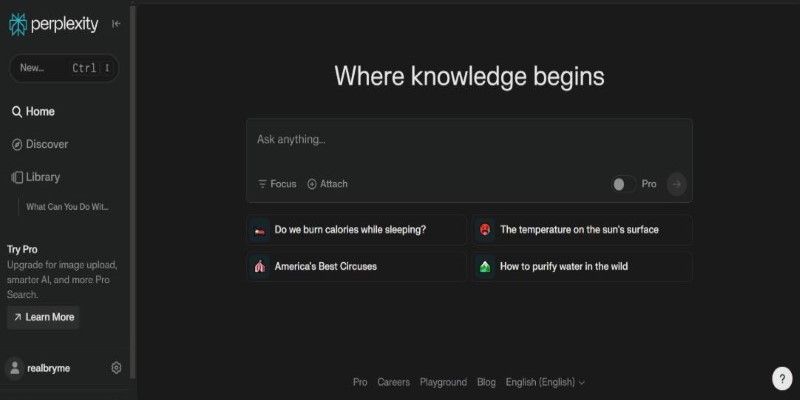
The process begins when a user submits a question. Instead of retrieving a predefined answer, Perplexity AI scans multiple databases, articles, and authoritative sources to construct a response. It prioritizes accuracy by cross-referencing information and filtering out unreliable data. Its machine-learning technology allows it to improve over time, continuously refining its ability to deliver meaningful responses.
One of its defining aspects is its ability to cite sources. Unlike some AI models that generate text without transparency, Perplexity AI often provides references to the sources it uses. This adds a layer of credibility and allows users to verify the information if needed.
Another crucial component of Perplexity AI is its adaptability. It learns from user interactions, adjusting its responses based on context. If a user asks a vague question, it can request clarification, ensuring that its answers are as precise as possible. This makes it an effective tool not just for general knowledge but also for complex topics that require in-depth understanding.
The Impact of Perplexity AI on Information Retrieval
The rise of Perplexity AI signals a shift in how people consume information online. While search engines like Google remain dominant, AI-powered search tools offer a more streamlined experience by eliminating the need to browse multiple pages. This has implications for various industries, including education, business, and research.
For students and academics, Perplexity AI provides a quick and reliable way to access information without the distractions of advertisements or irrelevant links. Instead of navigating through multiple websites, they receive well-organized explanations that can be used for study and research. Similarly, professionals in fields like law, medicine, and technology can benefit from concise yet comprehensive insights tailored to their specific inquiries.
Businesses can also leverage Perplexity AI for market research, trend analysis, and customer insights. AI-powered search tools allow companies to access critical data faster, allowing them to make informed decisions with minimal effort. This can be particularly beneficial for industries that rely on real-time information, such as finance and healthcare.
Despite its advantages, Perplexity AI also raises questions about information reliability. While it strives to provide accurate responses, AI-generated content is not infallible. Misinformation remains a challenge, as the model's outputs depend on the quality of the sources it references. This makes it essential for users to verify information, especially when dealing with sensitive or high-stakes topics.
The Future of Perplexity AI
As artificial intelligence continues to evolve, the potential applications of Perplexity AI are vast. Future developments may include improved accuracy, expanded knowledge databases, and enhanced conversational capabilities. Researchers and developers are constantly refining AI models to reduce biases, improve citation transparency, and increase the reliability of generated content.

Another possible direction for Perplexity AI is integration with various digital platforms. Instead of being a standalone tool, it could be embedded into educational systems, corporate knowledge bases, and customer service platforms. This would allow organizations to provide instant, AI-driven support without relying on human agents for every inquiry.
Privacy and data security will also be key considerations. As AI-powered search tools become more sophisticated, concerns about data collection and user tracking may arise. Striking a balance between personalization and user privacy will be crucial in shaping the future of AI-driven information retrieval.
Ultimately, Perplexity AI represents a step toward a more intuitive and intelligent search experience. While it may not replace traditional search engines entirely, it serves as a valuable complement, offering users a more direct and efficient way to access knowledge. As AI technology advances, we can expect even greater improvements in how information is processed and delivered.
Conclusion
Perplexity AI is reshaping online search with AI-powered responses that streamline information retrieval. Unlike traditional search engines, it synthesizes data, providing precise and conversational answers. Its impact spans education, business, and research, offering a faster, more intuitive way to access knowledge. While challenges like accuracy and source credibility persist, advancements in AI will enhance its reliability. As technology evolves, Perplexity AI is set to play a crucial role in the future of digital knowledge, making search more efficient and user-friendly.


